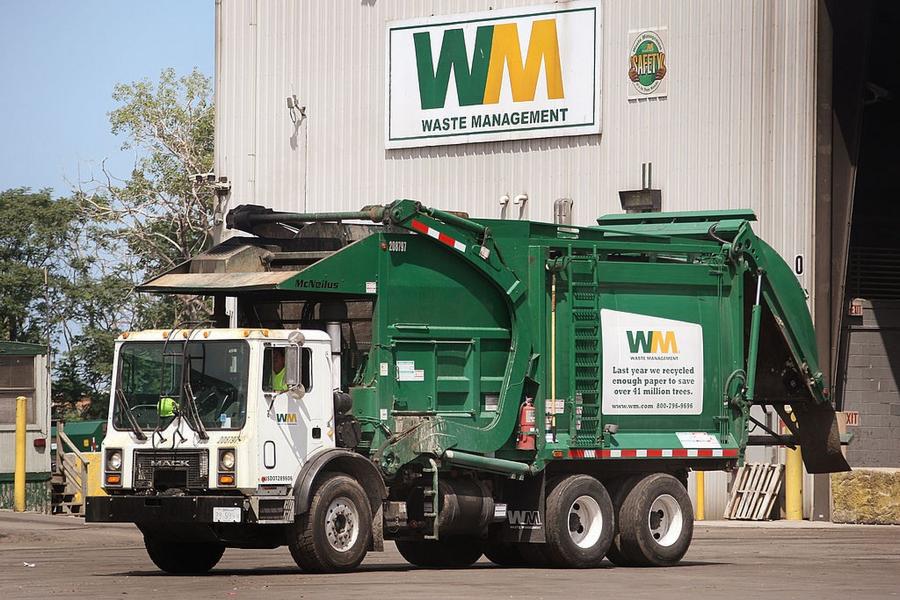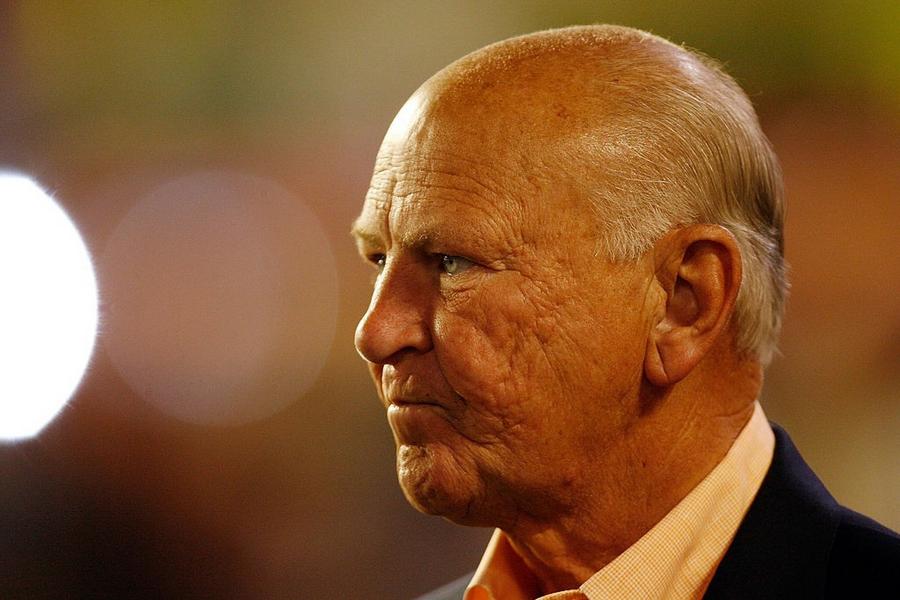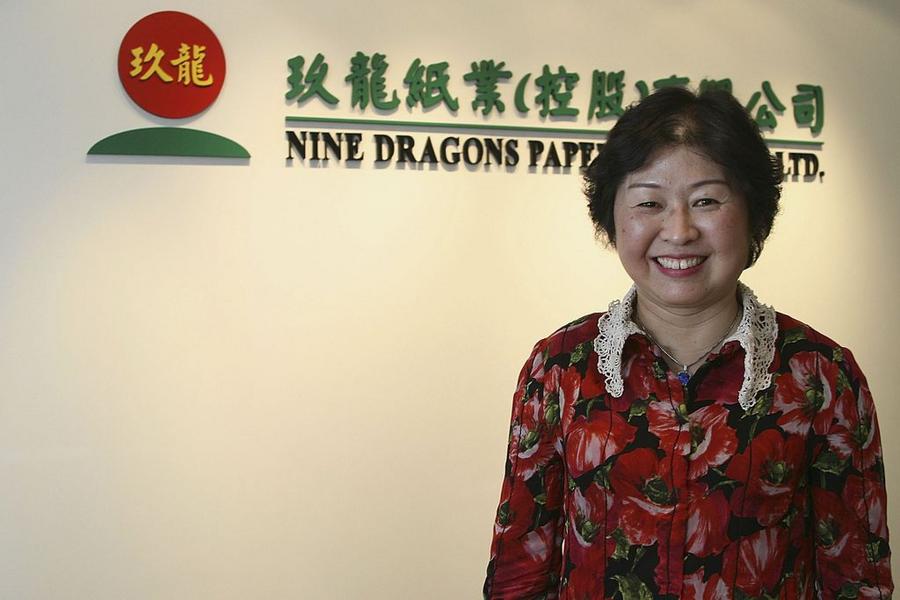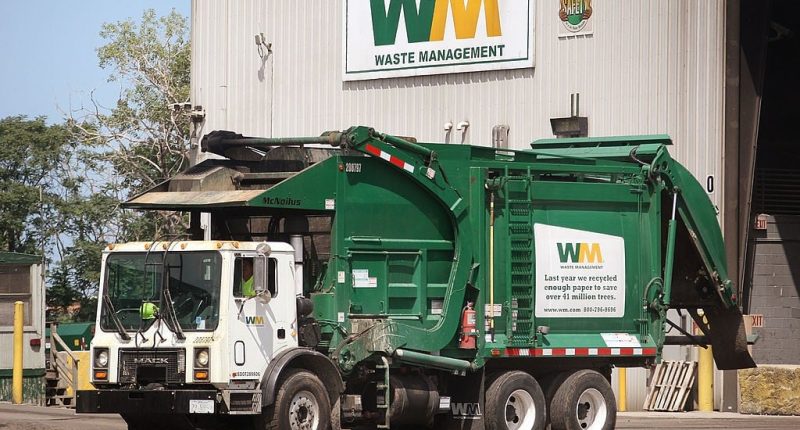Share this @internewscast.com
Success doesn’t always start in a boardroom. Sometimes, it begins behind a garbage truck, at a scrapyard, or deep inside a mountain of used paper. For a select group of entrepreneurs, trash wasn’t a dead end—it was the beginning of an empire. Across the globe, visionaries have made billions by reimagining waste as raw opportunity. They saw treasure where others saw junk, and they turned society’s discards into thriving, sustainable businesses.
From hauling garbage in Florida to recycling American cardboard in China, these men and women have built fortunes in the billions by collecting, sorting, and repurposing the world’s waste. Their stories are gritty, inspiring, and sometimes a little outrageous—but they all prove the same point: there is serious money in garbage.
Here are nine entrepreneurs who quite literally turned trash into gold.
H. Wayne Huizenga – Waste Management Pioneer
At 25, Huizenga borrowed $5,000 to buy a single garbage truck in Florida. Within a few years, he’d grown his business into a regional powerhouse and merged it with a Chicago firm to create Waste Management, Inc. Through hundreds of acquisitions, the company became a national giant with $1 billion in revenue by the 1980s. Huizenga later launched Blockbuster Video and AutoNation, becoming the only person in U.S. history to build three separate Fortune 500 companies. His fortune peaked around $2.6 billion, all sparked by that first truck.

Photo by Scott Olson/Getty Images

Photo by Eliot J. Schechter/Getty Images
Maria Rios – Nation Waste CEO
After fleeing war-torn El Salvador, Rios arrived in Houston with nothing. While working her way through college, she took a job at a waste company and quickly realized the business potential. In 1997, she launched Nation Waste with two trucks. Today, her Houston-based firm services major clients and is valued at $30 million. Rios is also a fierce community advocate, known for providing discounted services after Hurricane Katrina and supporting minority-owned businesses.
Zhang Yin – China’s “Queen of Trash”
In the 1990s, Zhang Yin realized China’s paper shortage could be solved using waste paper from the U.S. She began exporting scrap paper from California and recycling it into packaging at her Nine Dragons Paper mills in China. The result: a billion-dollar empire. By 2006, her net worth topped $3 billion, making her the richest woman in China and the world’s first self-made female recycling billionaire. Her companies now ship cardboard made from U.S. trash back to pack the goods Americans buy.the

Photo by MN Chan/Getty Images
Chen Guangbiao – China’s Trash Showman
Chen made his fortune recycling construction and demolition waste. His company, Jiangsu Huangpu, earned nearly $2 billion annually by turning rubble into reusable materials. Known for his flair, Chen once sold canned “fresh air” to protest pollution and handed out cash on the streets. Despite his eccentricity, he’s donated millions to disaster relief and made recycling a headline-worthy business in China. His net worth has been estimated between $740–$800 million.
Anil Agarwal – Scrap Dealer Turned Mining Billionaire
Agarwal started out collecting and reselling scrap metal in Mumbai. He used those profits to buy a small cable company, then a copper smelter, and eventually built Vedanta Resources, one of India’s largest metals conglomerates. Today, his net worth is around $3.5 billion. Agarwal’s journey from scrapyard hustler to mining mogul shows how recycling metals can launch a global empire.
Patrick Dovigi – Hockey Player Turned Trash Tycoon
After leaving minor league hockey, Dovigi launched GFL Environmental in 2007 at just 28 years old. By acquiring small waste and recycling companies, he built GFL into North America’s fourth-largest environmental services firm. With operations across Canada and the U.S., GFL now generates billions in annual revenue. Dovigi’s personal net worth surpassed $1 billion, proving that in waste management, modern branding and scale still win big.
Jack Walker – Steel Baron of the UK
Walker left school at 14 to work in his father’s scrap yard. He eventually built Walkersteel into one of Britain’s largest steel companies and sold it for £330 million in 1989 (about $540 million). He used the proceeds to bankroll his beloved Blackburn Rovers, guiding the underdog football club to a Premier League title in 1995. At the time of his death, his estate was worth nearly $1 billion—all built from scrap metal.
Igor Altushkin – Russia’s Copper King
In post-Soviet Russia, Altushkin began buying and reselling copper and aluminum scrap. By 2004, he founded the Russian Copper Company, which now ranks as the nation’s third-largest producer. His early success with recycling funded acquisitions of smelters and mines. With a net worth estimated over $3 billion, Altushkin’s story is yet another reminder that metals recycling can yield world-class wealth.
Anthony Pratt – Billionaire Cardboard King
Pratt inherited Australia’s Visy Industries but transformed it into a global leader in recycled cardboard packaging. In the U.S., he launched Pratt Industries, which recycles more than 3 million tons of paper annually. His empire generates over $5 billion in revenue and has made him one of Australia’s richest people, with a net worth over $5 billion. His motto? “There’s money in garbage—and sustainability too.”
The Bottom Line
These stories make one thing clear: garbage isn’t just dirty work—it can be a goldmine. Whether through consolidation, recycling innovation, or simply out-hustling the competition, these entrepreneurs saw profit in what others threw away. For every flashy startup founder or crypto billionaire, there’s a waste management mogul quietly hauling in fortunes—one truck, box, or scrap pile at a time.
(function() {
var _fbq = window._fbq || (window._fbq = []);
if (!_fbq.loaded) {
var fbds = document.createElement(‘script’);
fbds.async = true;
fbds.src=”
var s = document.getElementsByTagName(‘script’)[0];
s.parentNode.insertBefore(fbds, s);
_fbq.loaded = true;
}
_fbq.push([‘addPixelId’, ‘1471602713096627’]);
})();
window._fbq = window._fbq || [];
window._fbq.push([‘track’, ‘PixelInitialized’, {}]);







